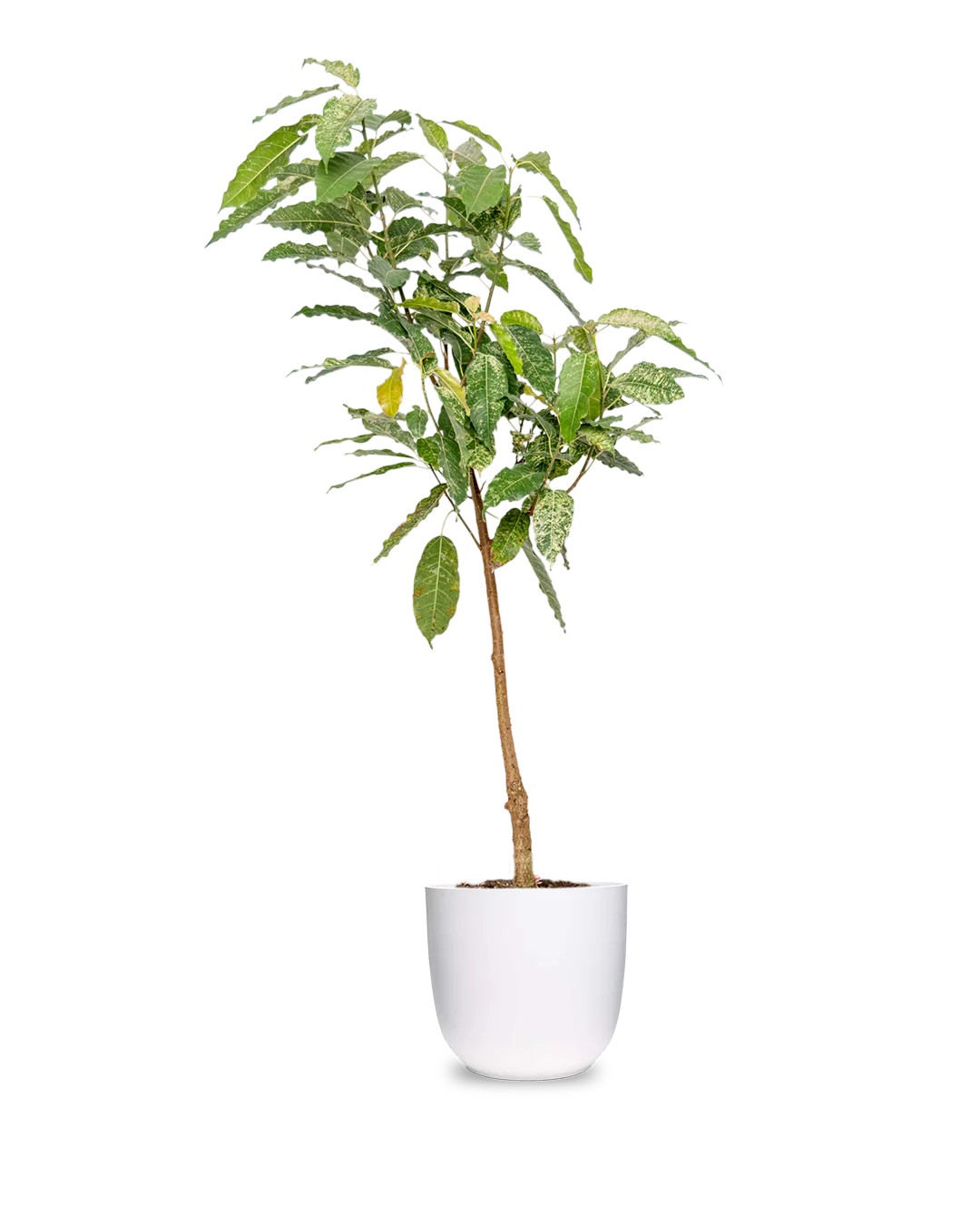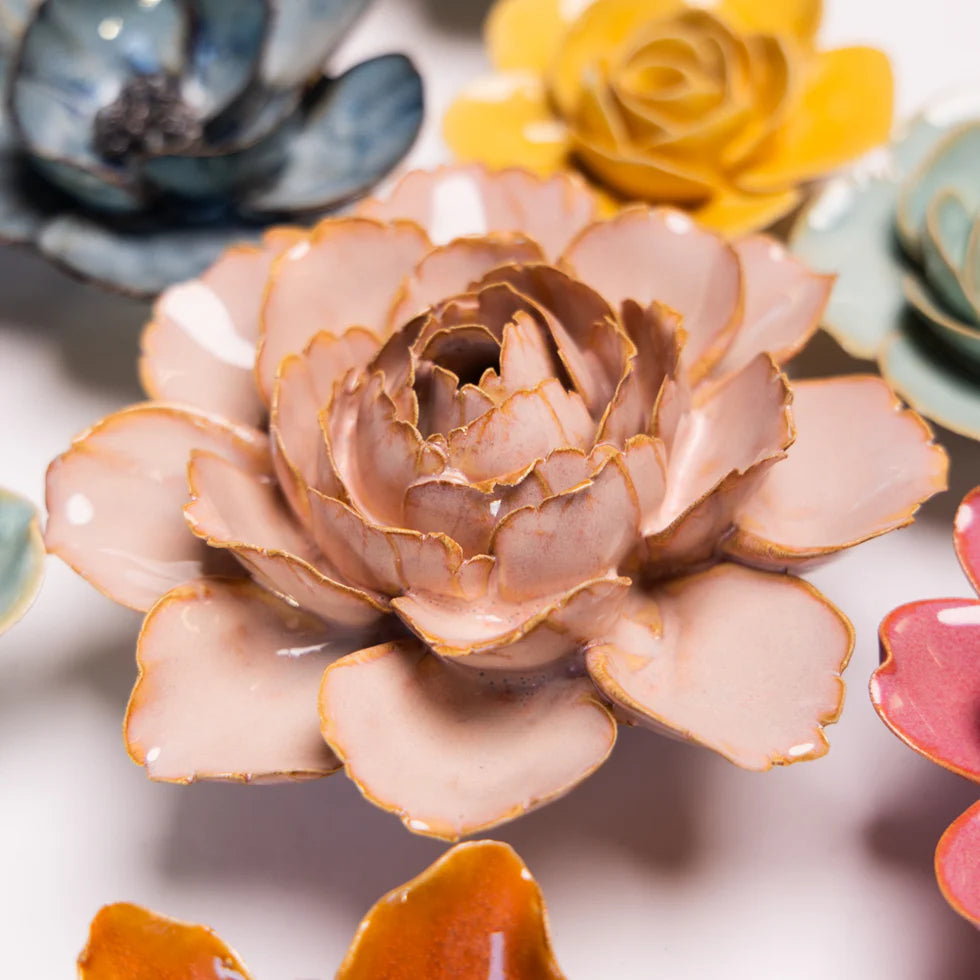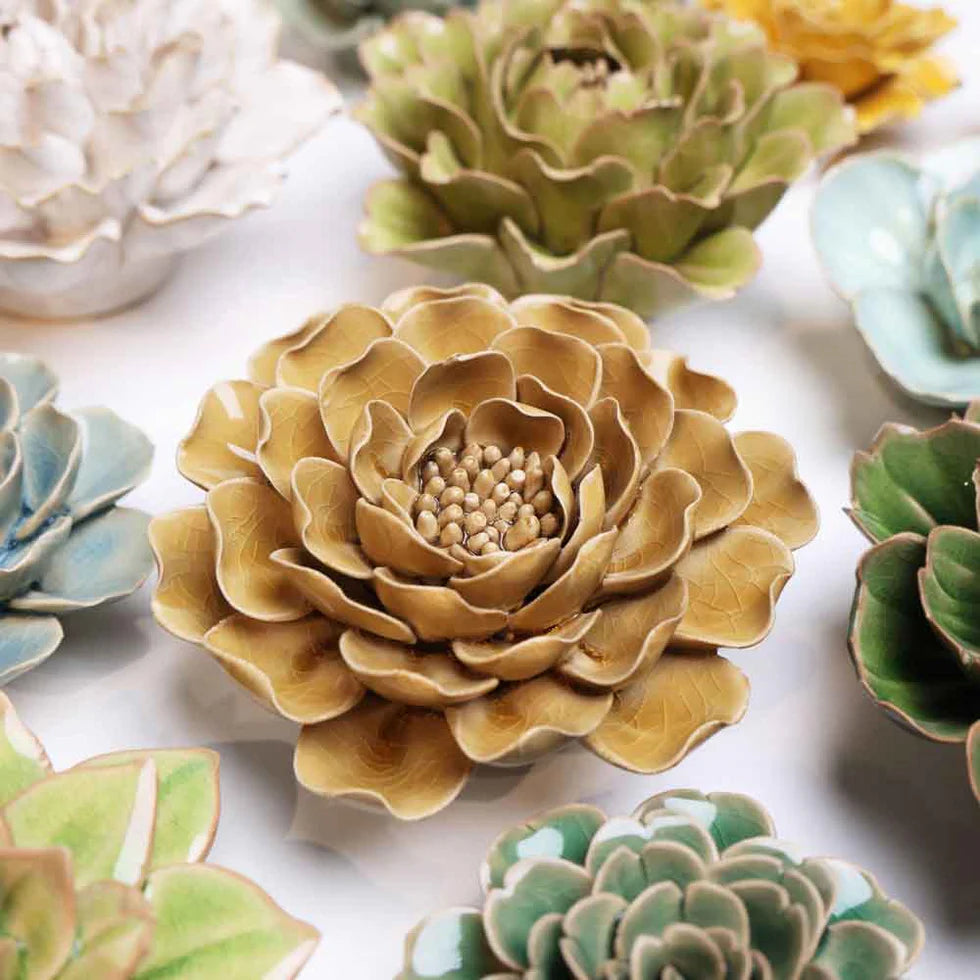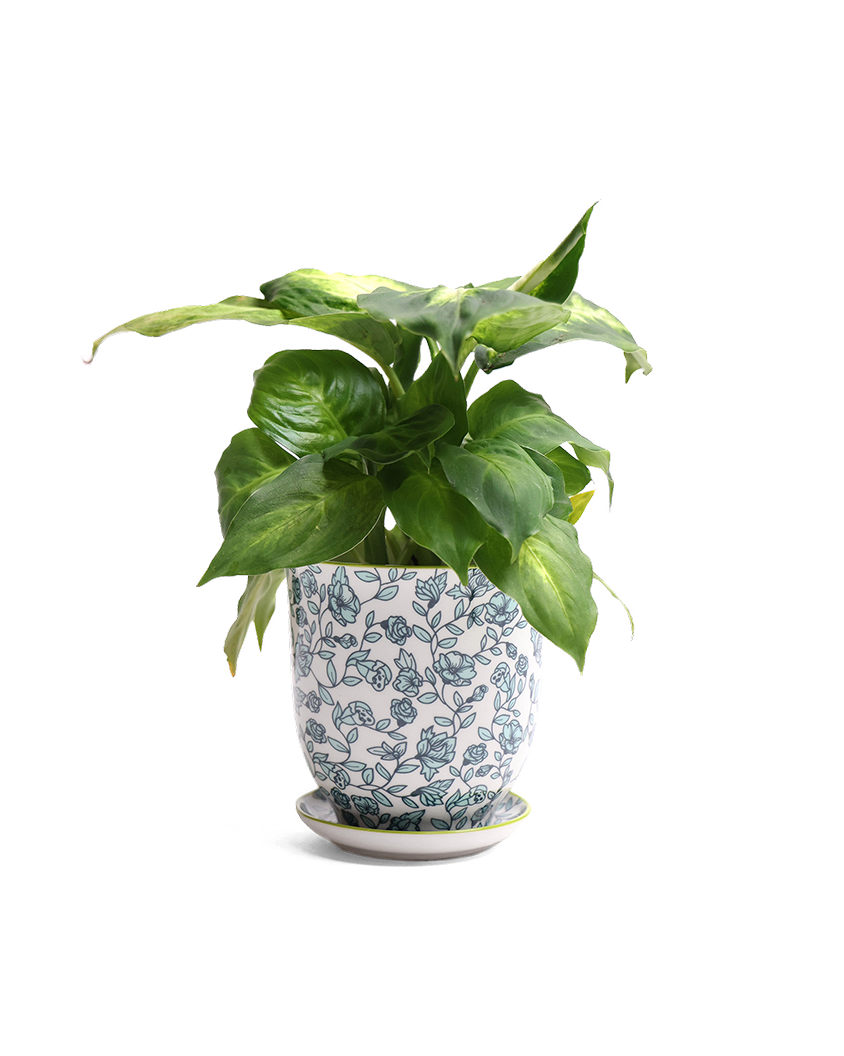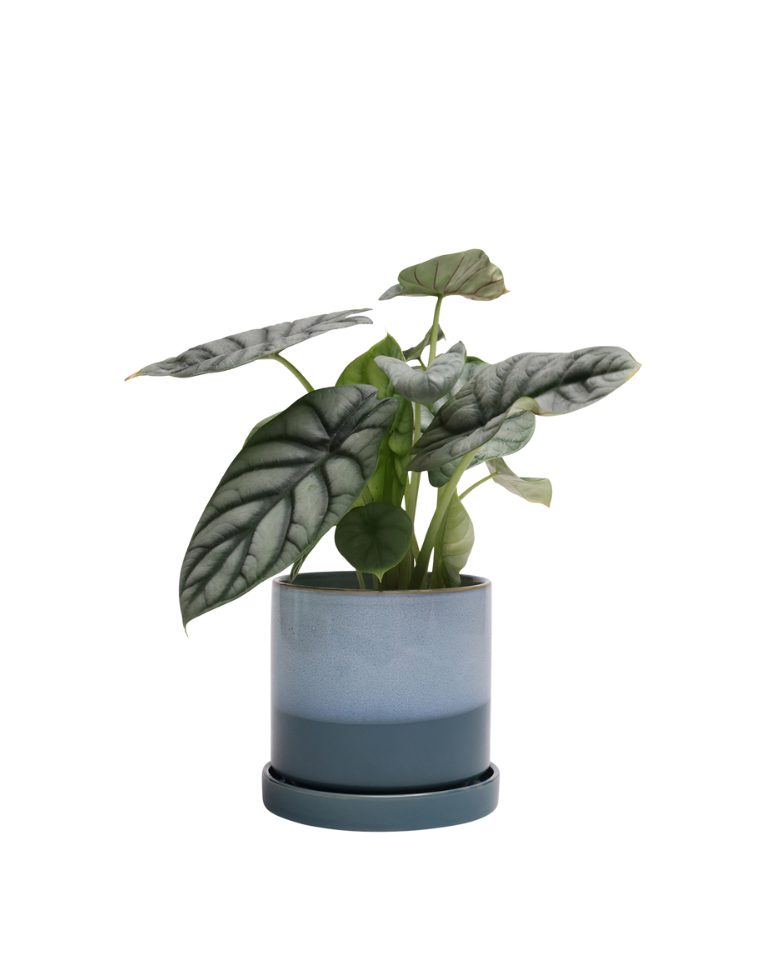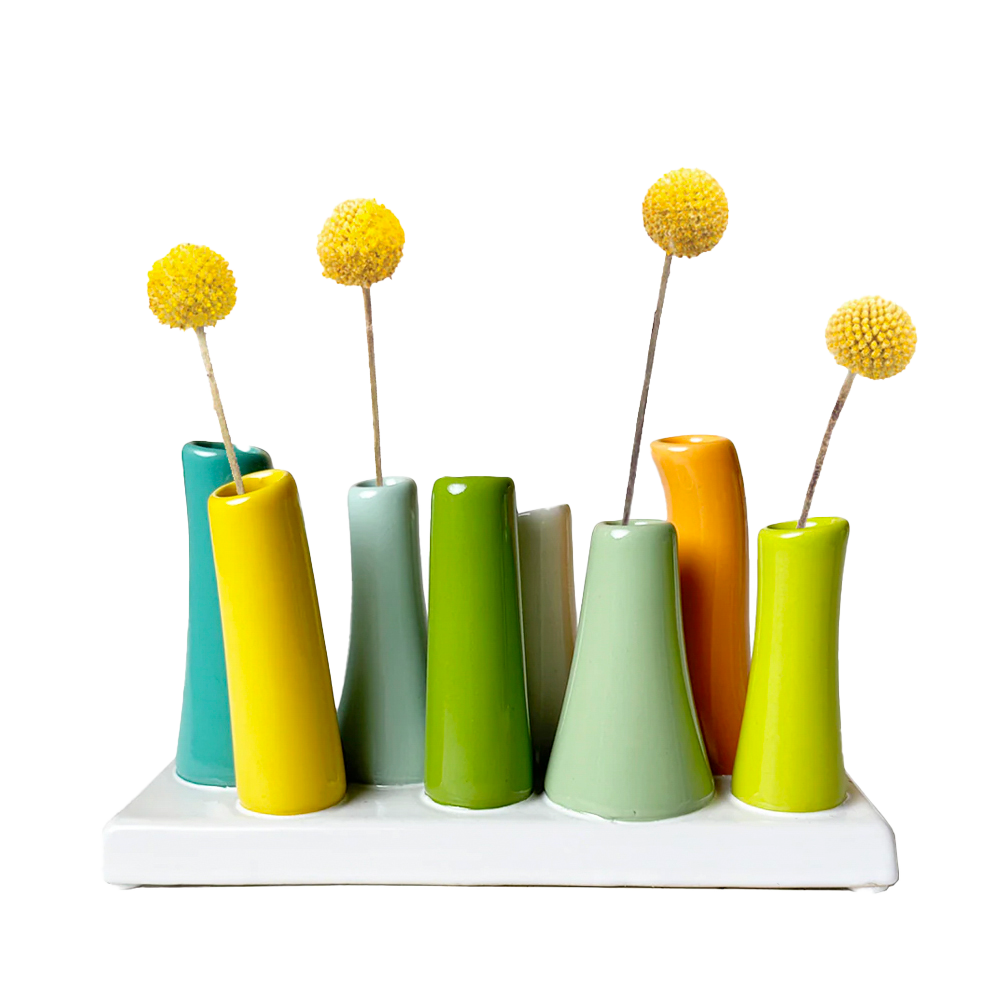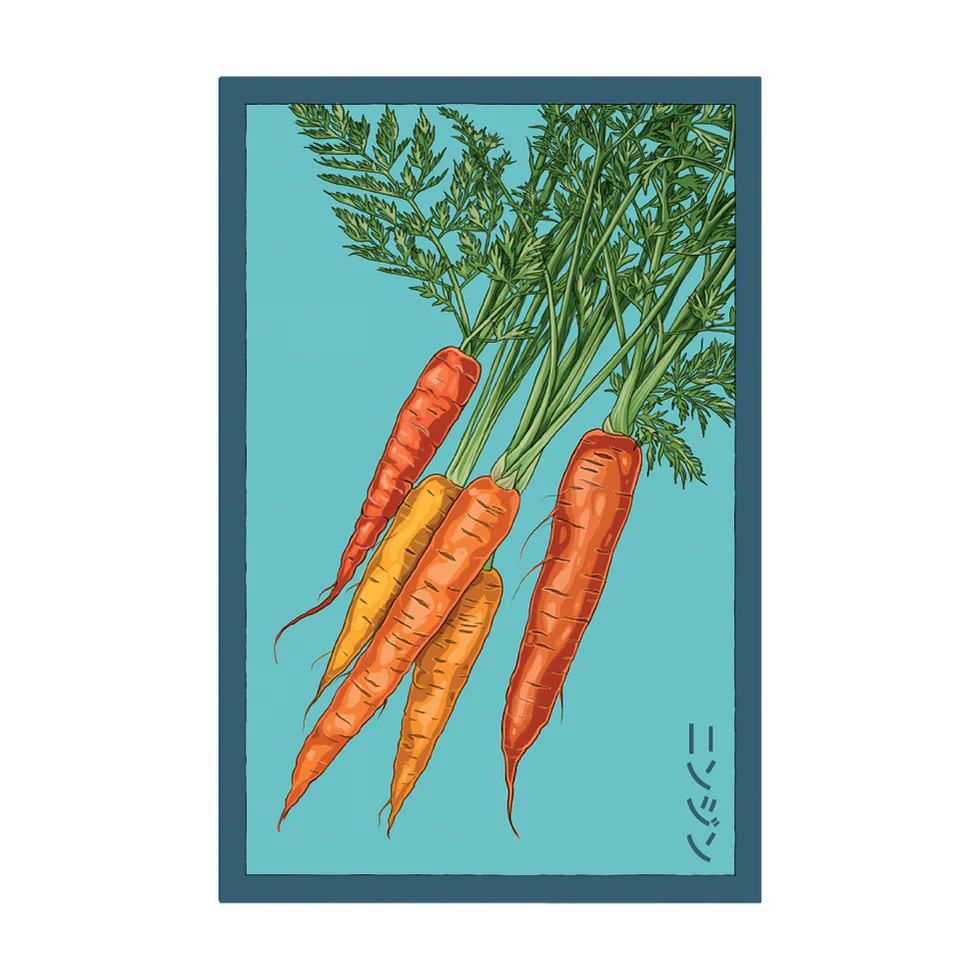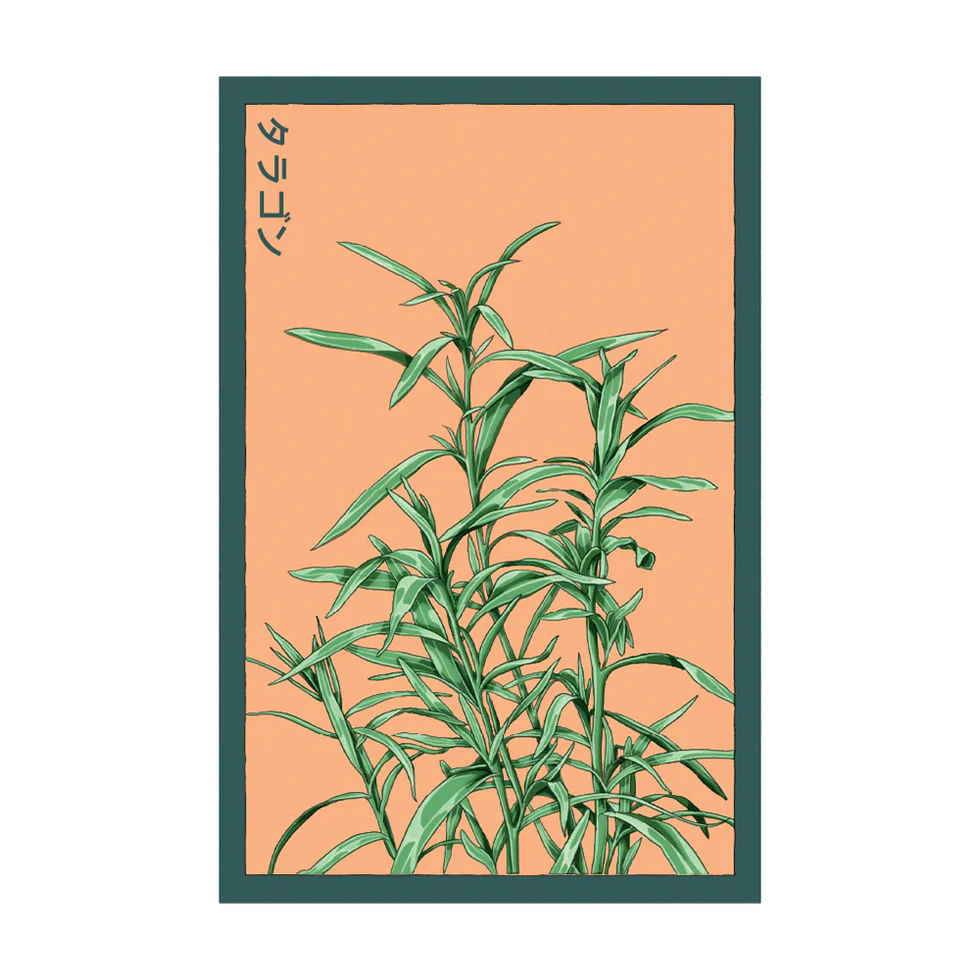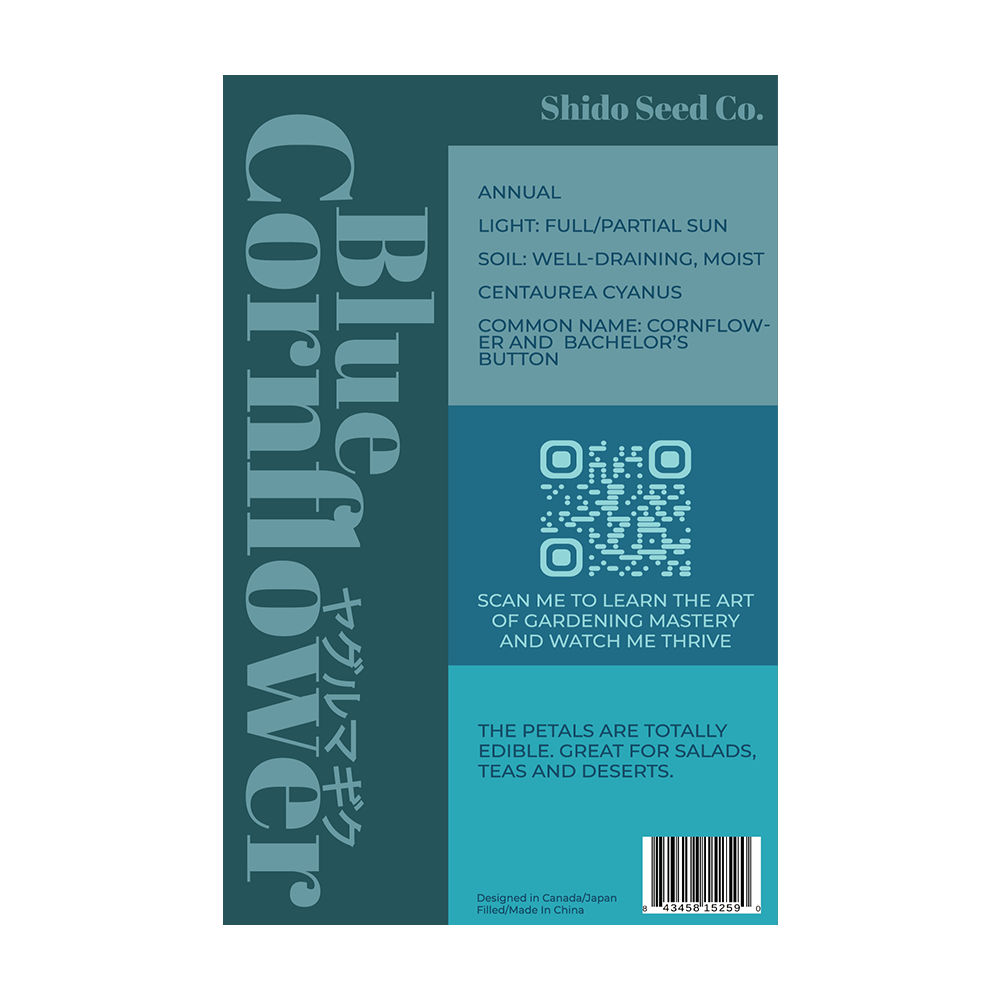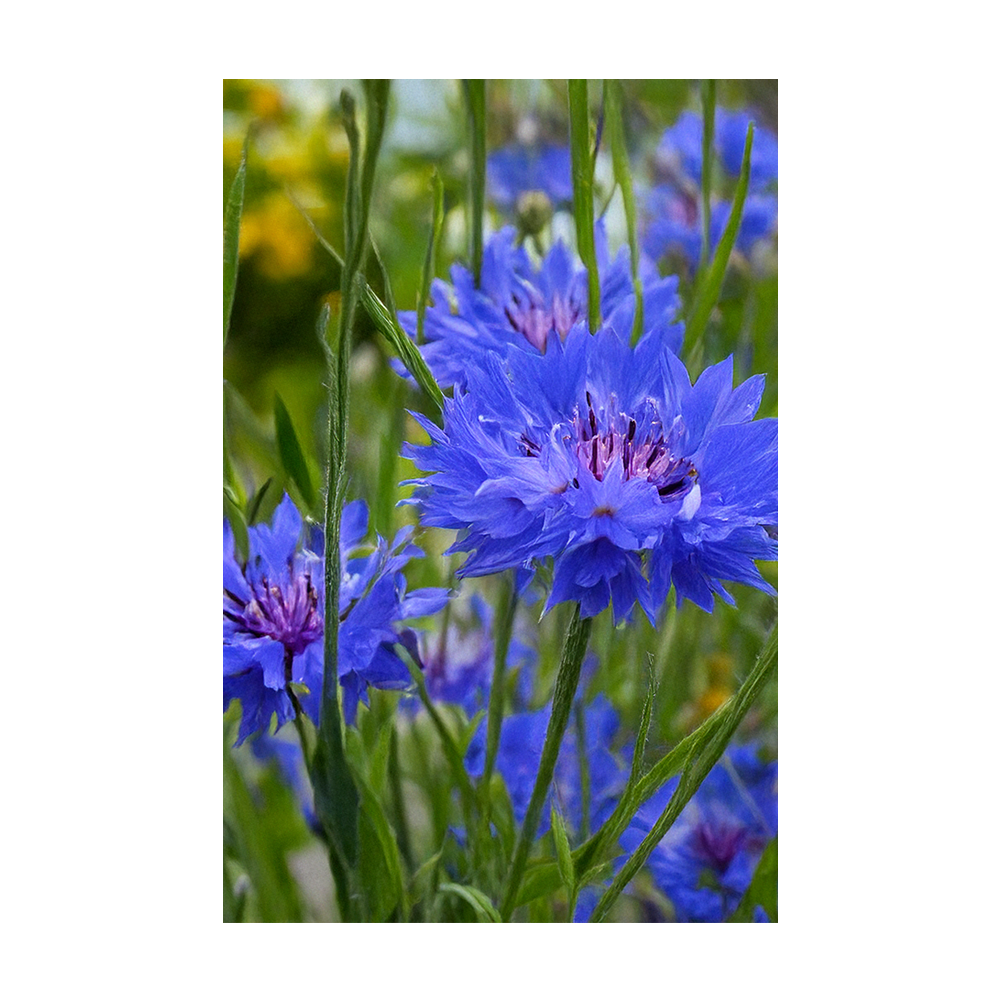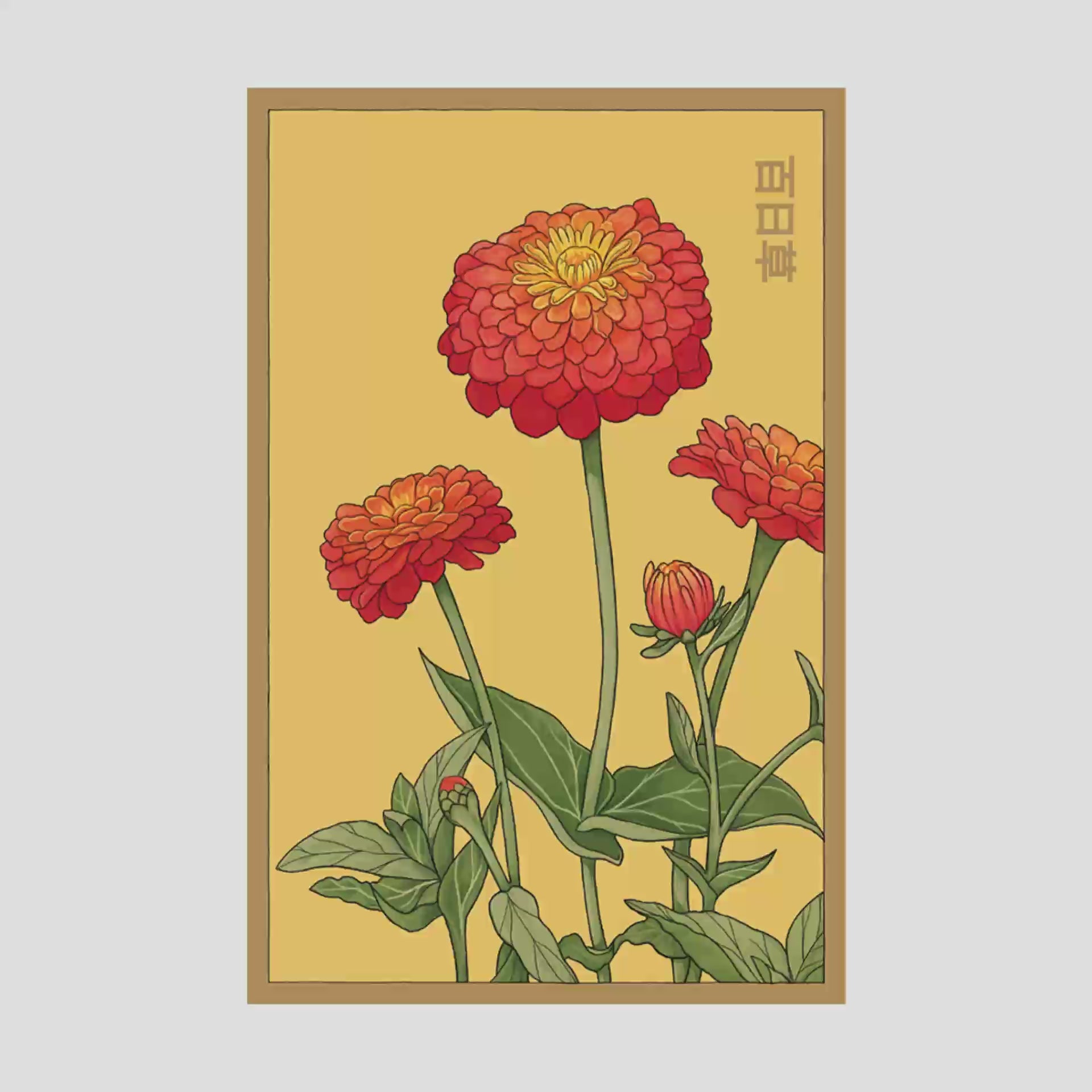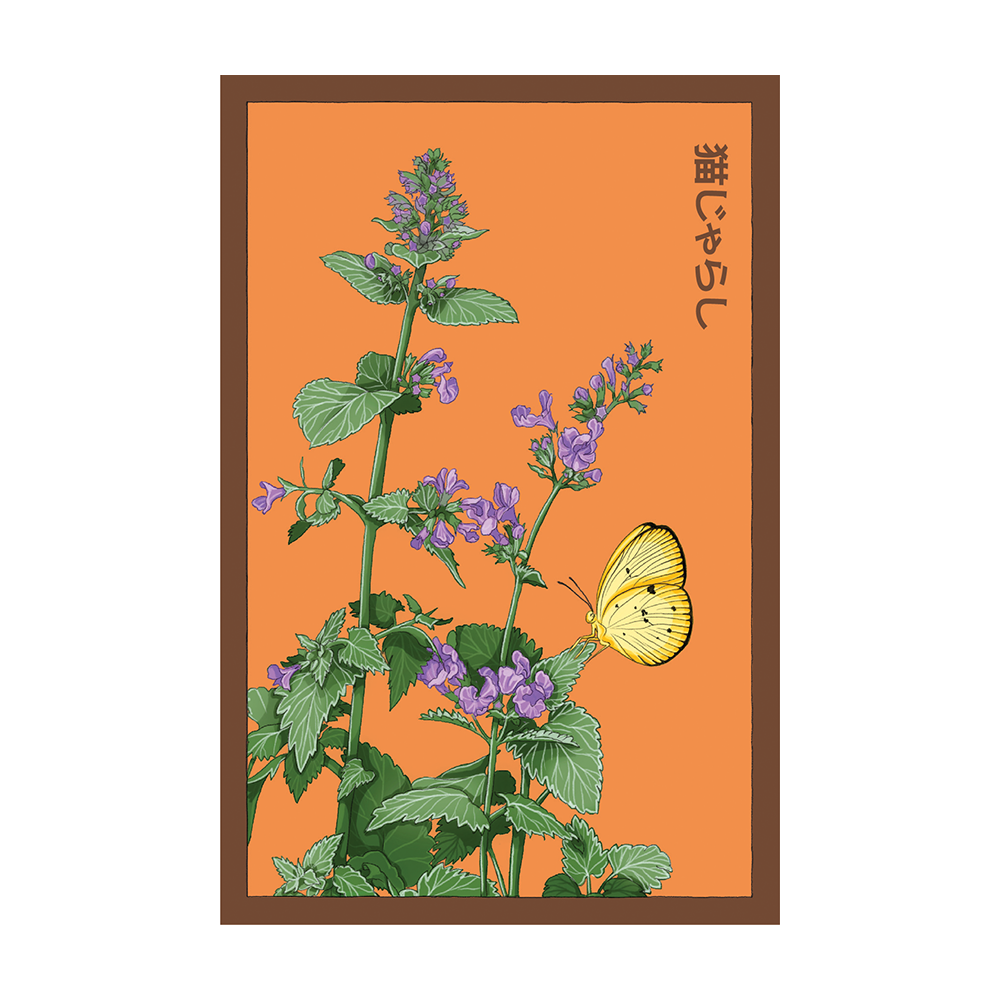Blue Cornflower Flower Seeds Packet
$4.95
Unit price
/
Unavailable
Couldn't load pickup availability
The Blue Cornflower (Centaurea cyanus), also known as Bachelor’s Button, is a charming and hardy annual flower known for its brilliant blue petals and delicate, ruffled appearance. Historically, the blue cornflower was a symbol of romance and used as a traditional boutonnière. Today, it remains a popular choice for wildflower gardens, pollinator habitats, and floral arrangements. These low-maintenance, resilient flower that adds striking blue hues to gardens and floral arrangements. Its ability to attract pollinators, resist drought, and self-seed makes it a favorite among gardeners.
We stand by the quality of our flower seed packets! With high germination rates and vibrant blooms, your garden is sure to flourish. If you're not completely satisfied, we’ll replace or refund—guaranteed!
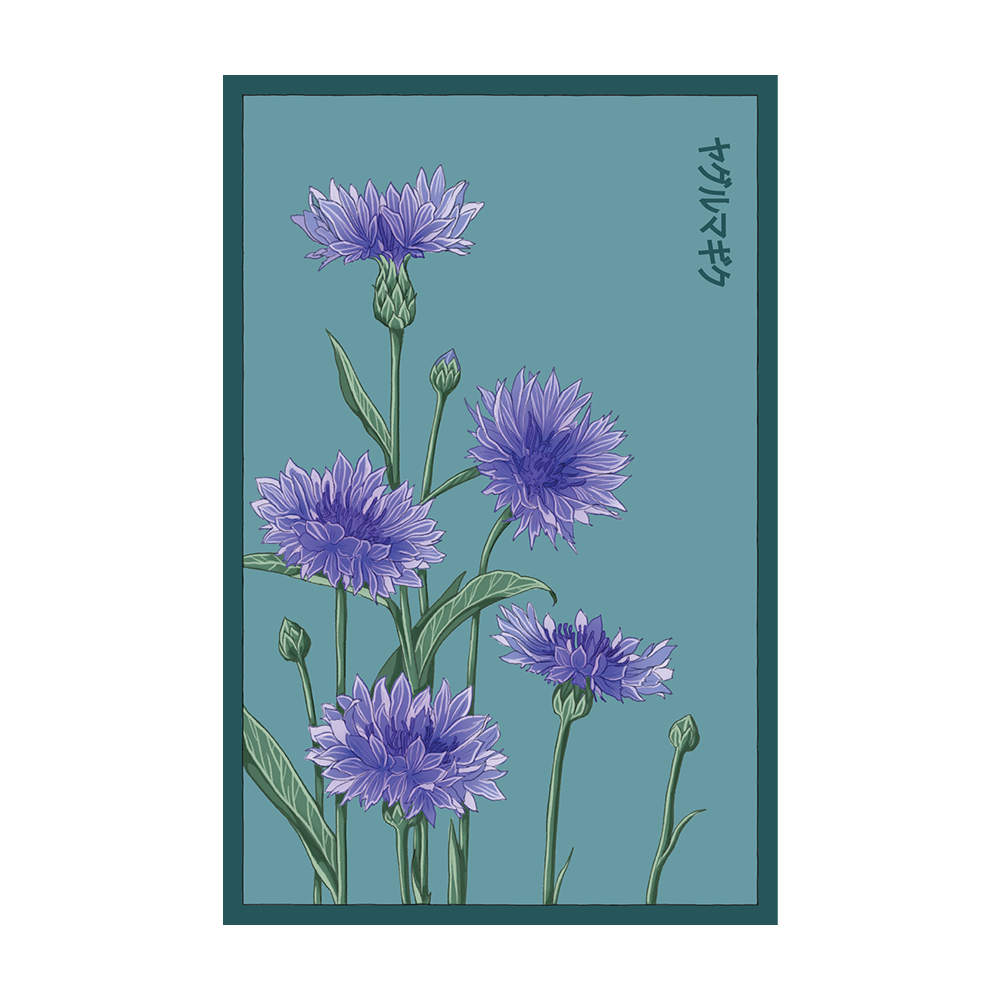
Blue Cornflower Flower Seeds Packet
Why Shido Seeds Are the Best
Our flower and vegetable seeds are beautifully packaged little packets of magic. Guaranteed to turn your garden into the envy of the neighborhood. Get your hands dirty and let nature simply do its thing.
How to Plant Blue Cornflower from Seed
When to Plant Seeds
Seed Preparation
Sowing Seeds Outdoors
Starting Seeds Indoors
Pro Tip




